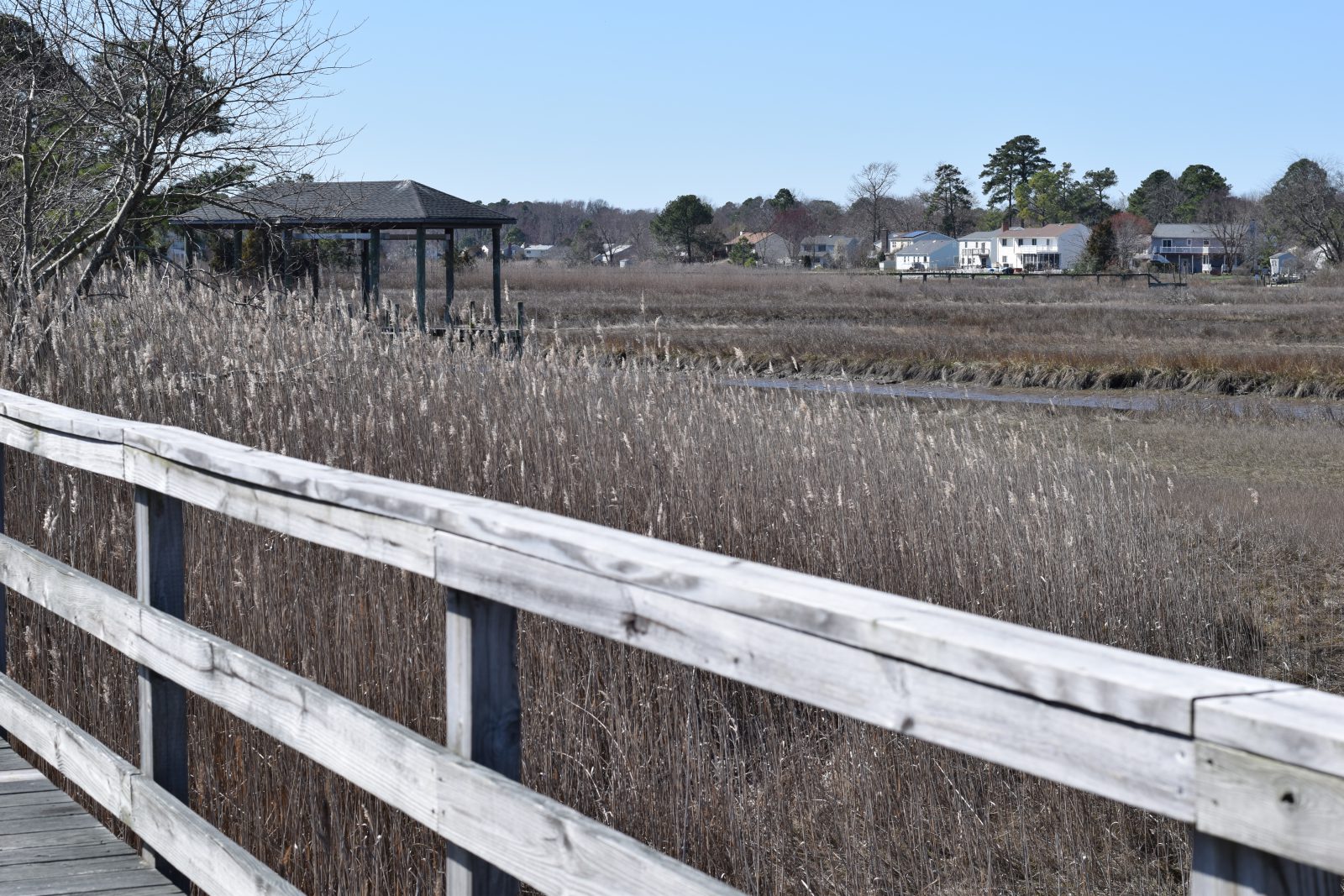
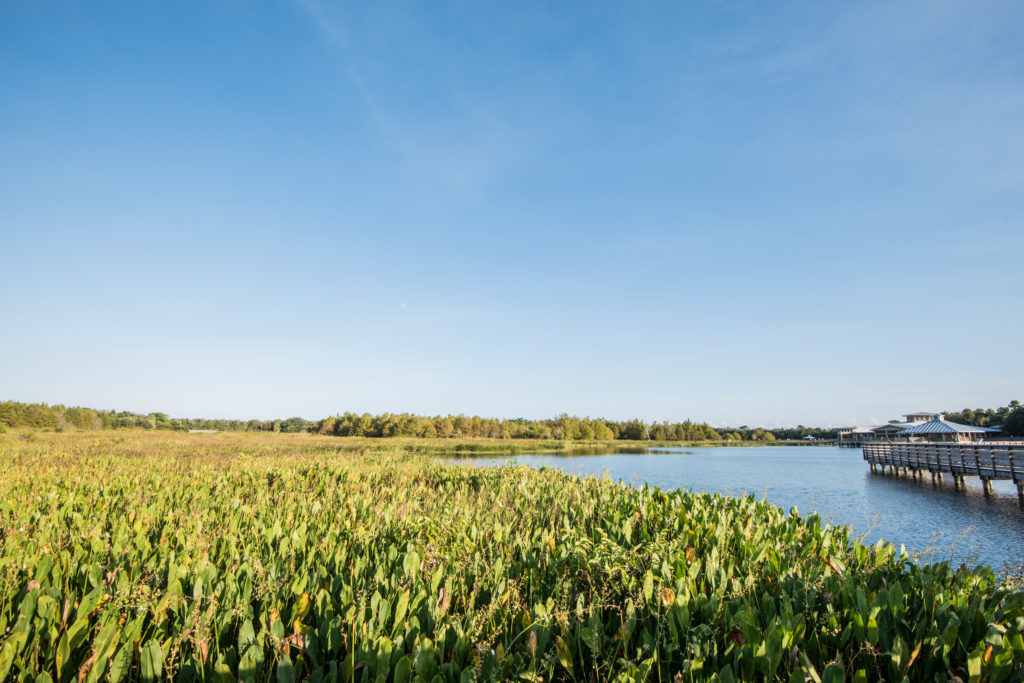
Recommended Strategies and Techniques for Proper Wetland Management
Water is a source of life for all plants, animals, and insects, which is why natural aquatic ecosystems serve as important habitats for many species. Wetlands, in particular, are home to some of the most biologically diverse creatures on our earth due to the unique land and water characteristics found in marshy areas. They also have many purposes beyond feeding and sheltering wildlife; wetlands serve as floodwater storage and filters, help prevent erosion during storms, provide natural resources, and generate economic benefits through tourism and recreation.
Though critical to our communities in so many ways, wetlands are delicate systems, making them susceptible to even subtle levels of disturbance. According to a study funded by the U.S. Fish and Wildlife Service, the National Oceanic and Atmospheric Administration, and the U.S. Environmental Protection Agency, wetland areas are declining by up to 80,000 acres each year in the United States, making proper wetland management and protection a priority for us all.
The term “wetland” encompasses many different types of ecosystems found throughout the country, including freshwater or saltwater swamps, mossy bogs, fertile floodplains, seaside lagoons, and grassy fens. Urban development and agriculture are some of the largest quantifiable causes of wetland destruction over time because they facilitate the degradation of habitats through nutrient loading and sedimentation. The construction of impervious surfaces like roads, sidewalks, and parking lots can direct nutrient-rich runoff to these delicate areas in levels that exceed nature’s ability to naturally manage. When stormwater runoff containing fertilizers, livestock waste, grass clippings, and other pollutants enters a wetland ecosystem, it can cause phosphorus pollution and other environmental imbalances that may spur nuisance algae blooms and fuel the growth of invasive plants, including Purple Loosestrife, Phragmites, Japanese knotweed, Flowering rush, giant reed and more.
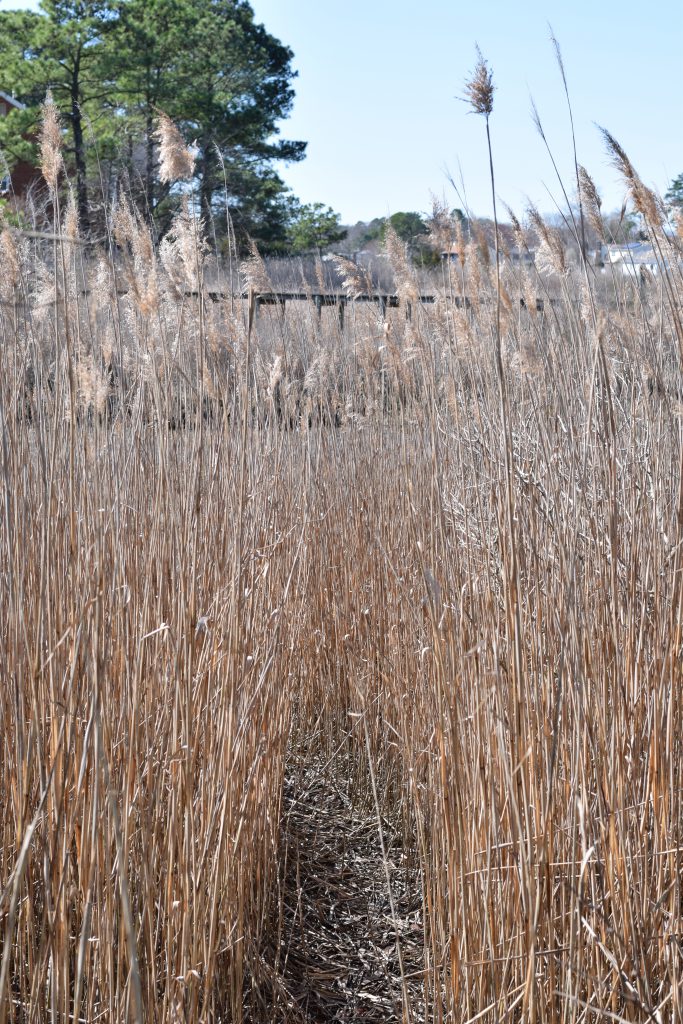
When an invasive plant species take root in a wetland, it can quickly grow out of control and displace native plants and animals. This is because few natural predators exist to ensure the species maintain balance within its habitat, as is the case with native species. The resulting decrease in biodiversity may disrupt the natural processes of the ecosystem, and, ultimately, cause economic and human harm. Without positive intervention, declines in biodiversity and the resulting alterations to ecosystem dynamics can contribute to an increased risk of toxic algal blooms and the development of habitats incapable of supporting healthy wildlife populations, and the general dysfunction of the greater environment. Luckily, there are many ways that property managers, homeowners associations, golf courses, municipalities, and recreational facilities can help address and prevent the conditions that lead to wetland degradation.
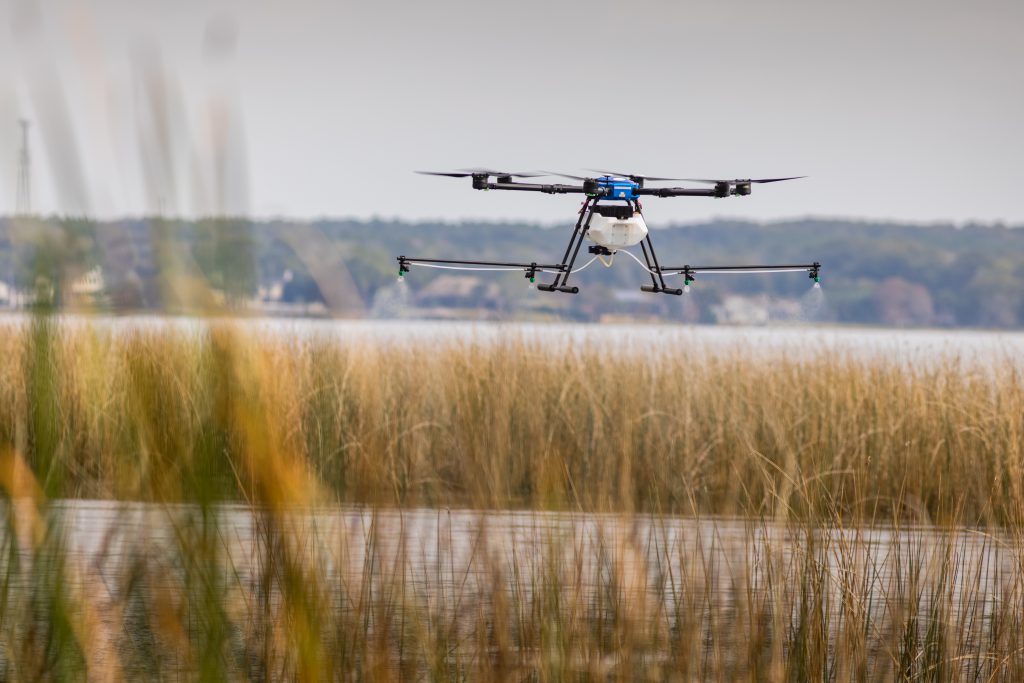
Oftentimes, when an invasive plant species has taken root and proliferated in a wetland ecosystem, multiple ground, aerial and/or airboat applications of aquatic herbicides are necessary to halt further growth and restore species diversity. This method may require patience and diligence over several years as many invasive wetland plant species reproduce through seeds, rhizomes, and fragmentation. Most effective approaches integrate the use of herbicide applications, hand-cutting, and mulching, physical removal, or site alterations over the course of several seasons to target the plant in multiple ways. Incorrect management methods have the potential to worsen an infestation, so it’s crucial to consult with a professional when designing an eradication plan.
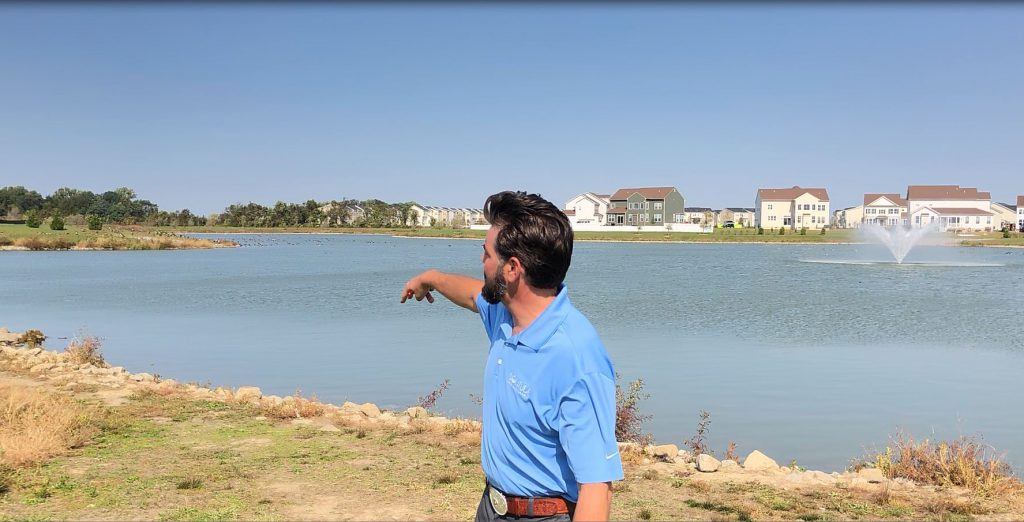
While it is possible to completely remove an invasive species from a wetland habitat, it can take many years to achieve. That’s why prevention is much easier on the environment—and your wallet. Routine inspections and wetland surveys as part of an Integrated Management Plan can help identify a noxious species before it has a chance to thrive, facilitating short-term, selective treatment that’s less stressful on the ecosystem. As part of an integrated approach, your lake management professional will help you design a balanced, holistic plan that considers and protects your waterbody from all angles.
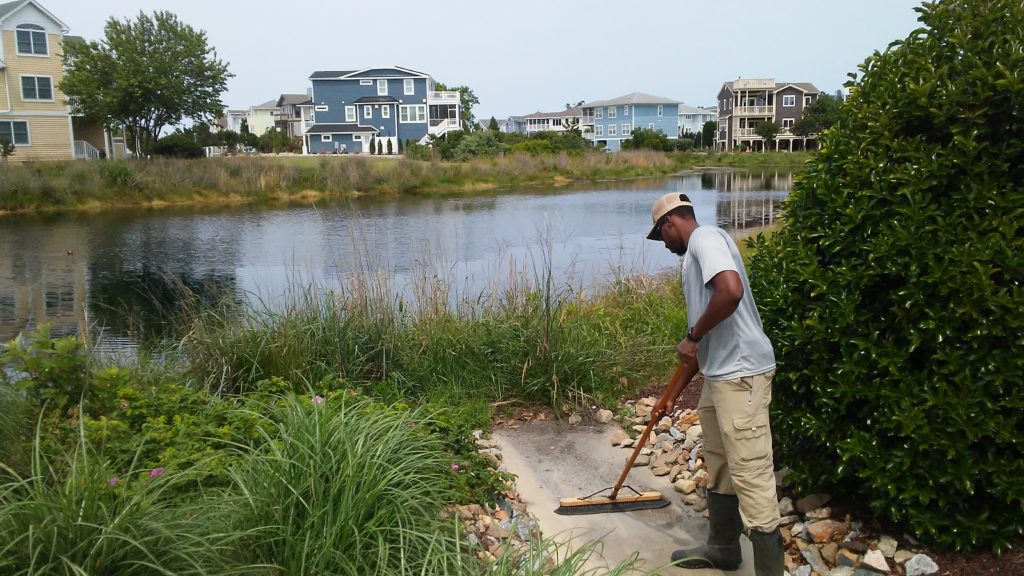
Practicing strategies that prevent nutrient loading and sedimentation are also important in the endeavor to protect our precious wetlands. This starts with making sure stormwater management facilities in your community are functioning as designed. Each year, the metal, plastic, and cement structures in your stormwater pond should be professionally inspected for cracks and corrosion. To prevent blockages from forming and diverting pollutants to natural areas, leaves, twigs, grass, and other organic materials should be bagged and removed from your property following yard work. Pet waste and garbage should also be properly disposed of. Likewise, when gardening or landscaping, it is beneficial to reduce fertilizer use, which is a common source of excess nutrients. The introduction of swales and vegetative buffers comprised of native flowering plants can help keep fertilizers and soil in intended areas, rather than polluting the stormwater runoff that enters surrounding wetlands.
No matter where you reside, it’s very likely you live near a wetland ecosystem containing a diverse assemblage of life. Whether you realize it or not, this ecosystem has an enormous impact on your daily life, and your day-to-day choices help shape the future of the habitat that many unique and endangered plants and animals call home. By taking small steps through your community or municipality to protect these ecosystems from nutrient contamination and the spread of invasive species, it is possible to permanently eliminate these undesirable plants from their non-native habitats and allow native life to thrive.
SOLitude Lake Management is a nationwide environmental firm committed to providing sustainable solutions that improve water quality, enhance beauty, preserve natural resources and reduce our environmental footprint. SOLitude’s team of aquatic resource management professionals specializes in the development and execution of customized lake, pond, wetland and fisheries management programs that include water quality testing and restoration, nutrient remediation, algae and aquatic weed control, installation and maintenance of fountains and aeration systems, bathymetry, mechanical harvesting and hydro-raking, lake vegetation studies, biological assessments, habitat evaluations, and invasive species management. Services and educational resources are available to clients nationwide, including homeowners associations, multi-family and apartment communities, golf courses, commercial developments, ranches, private landowners, reservoirs, recreational and public lakes, municipalities, drinking water authorities, parks, and state and federal agencies. SOLitude Lake Management is a proud member of the Rentokil Steritech family of companies in North America.









